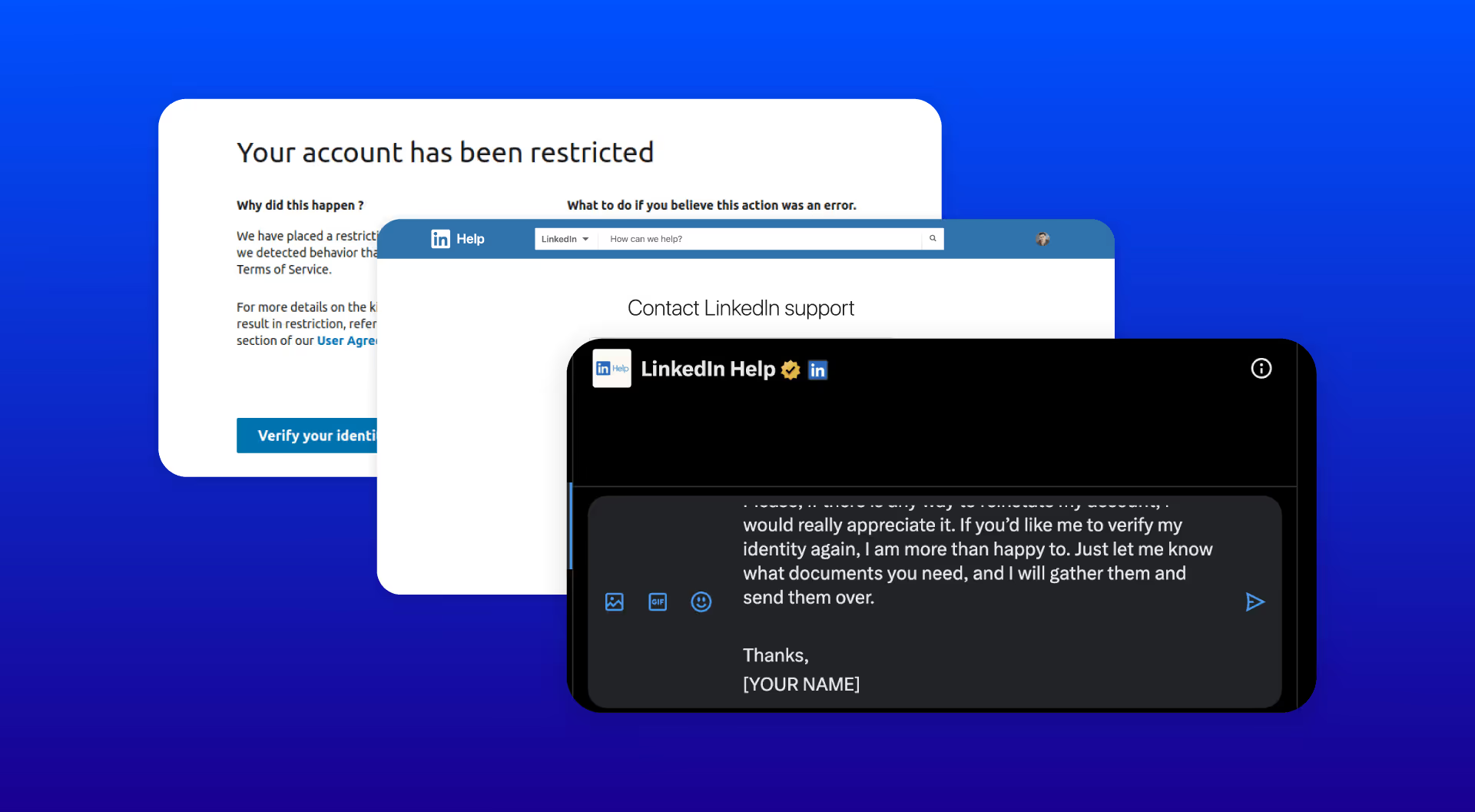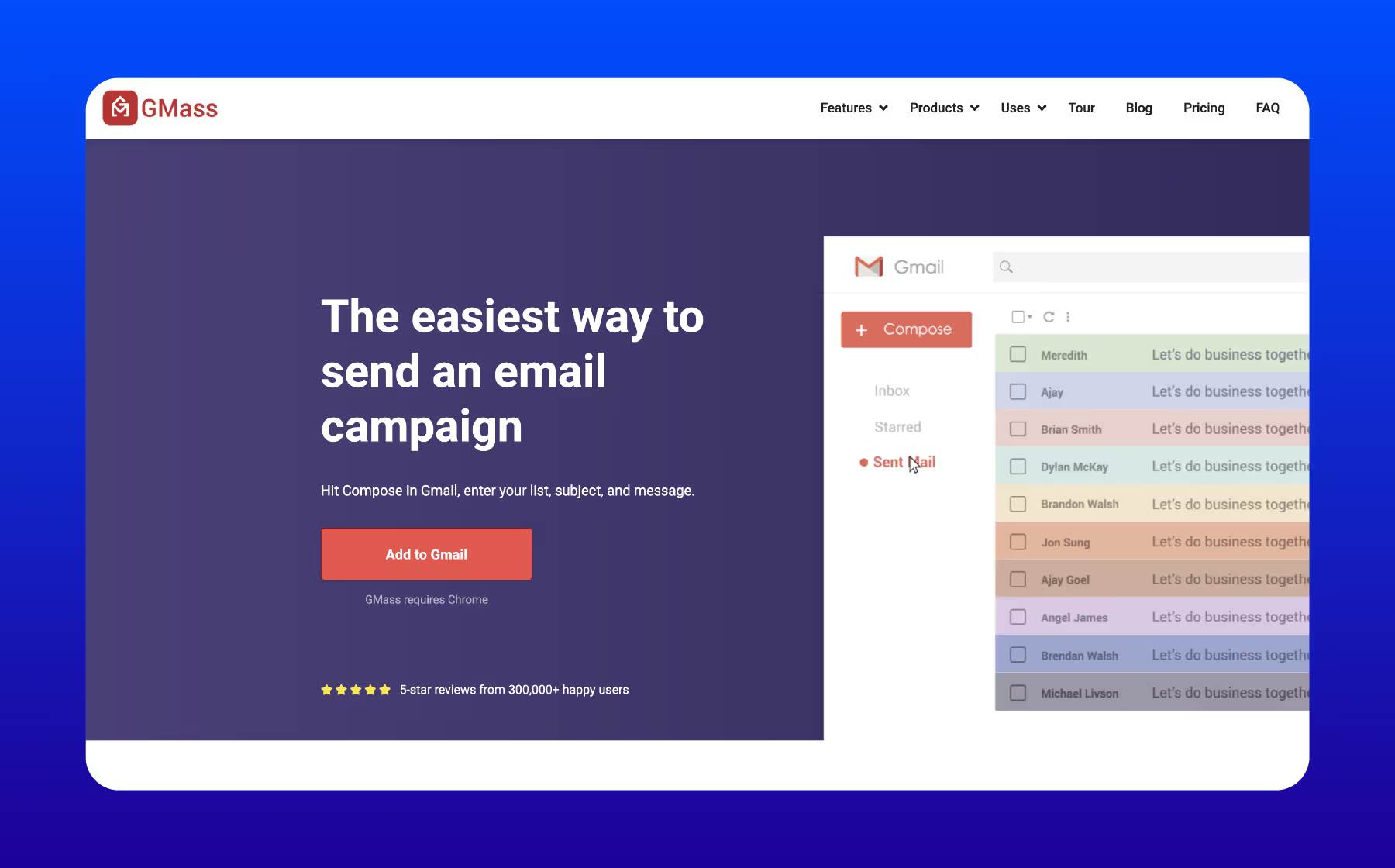How to Generate Sales Leads (Complete Guide)

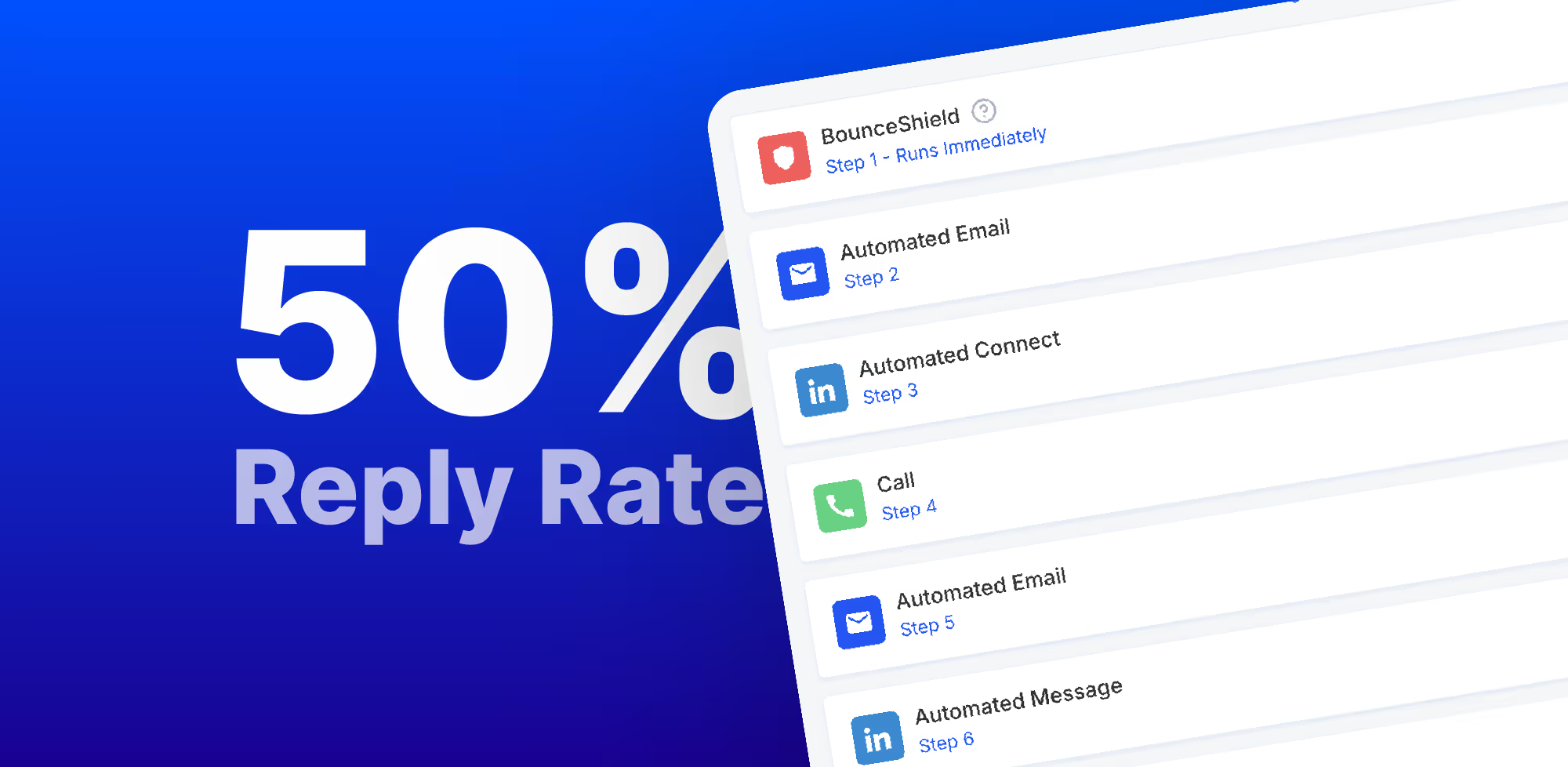
If you're launching a new company and need B2B sales leads, you've come to the right place. We're going to walk you through the exact tactics we use to generate 90% of our customers using cold email, LinkedIn, and a few other methods.
This guide is designed to be simple and easy to follow so you can gradually build a more advanced lead generation process over time.
But enough talking, let's dive in and start building your B2B lead generation machine!
What Kind of Results Can You Expect?
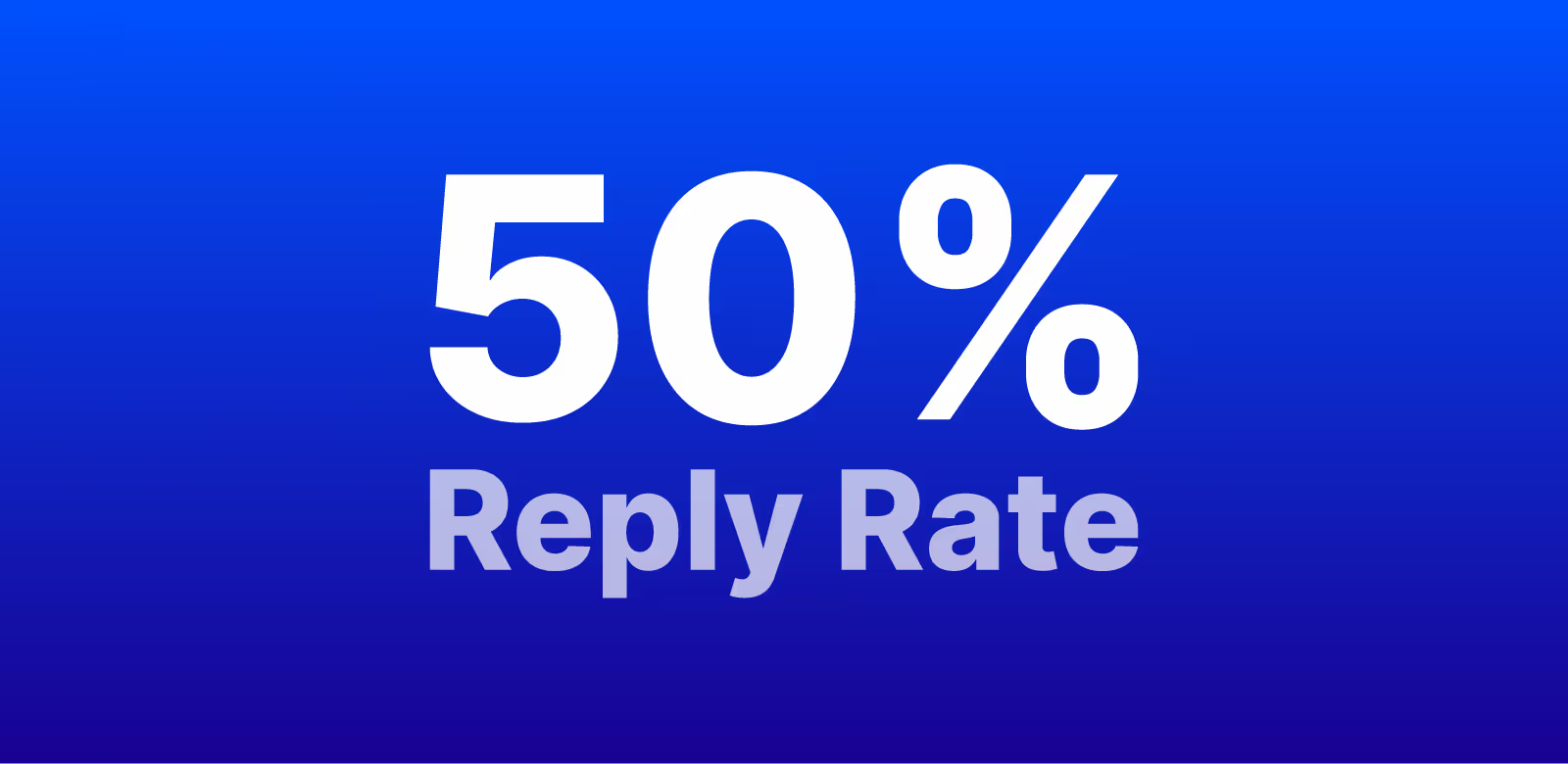
At first, you might not get a ton of responses, but with persistence and fine tuning, you'll eventually see reply rates of 30% or more during a campaign.
This can translate to three to five meetings per day, per sales rep. The key here is to keep testing and tweaking to get the best results.
Don't be one of those companies that gives up after sending 100 cold emails with no response. Outbound sales aren't dead, you just need to find your audience, experiment with different approaches, and optimize your outreach until it starts to work.
For our team here at LeadLoft, we've seen reply rates as high as 48% on LinkedIn and 35% with cold email, and I'm confident that with the right strategy, your company can hit similar numbers.
What Do You Need to Get Started?
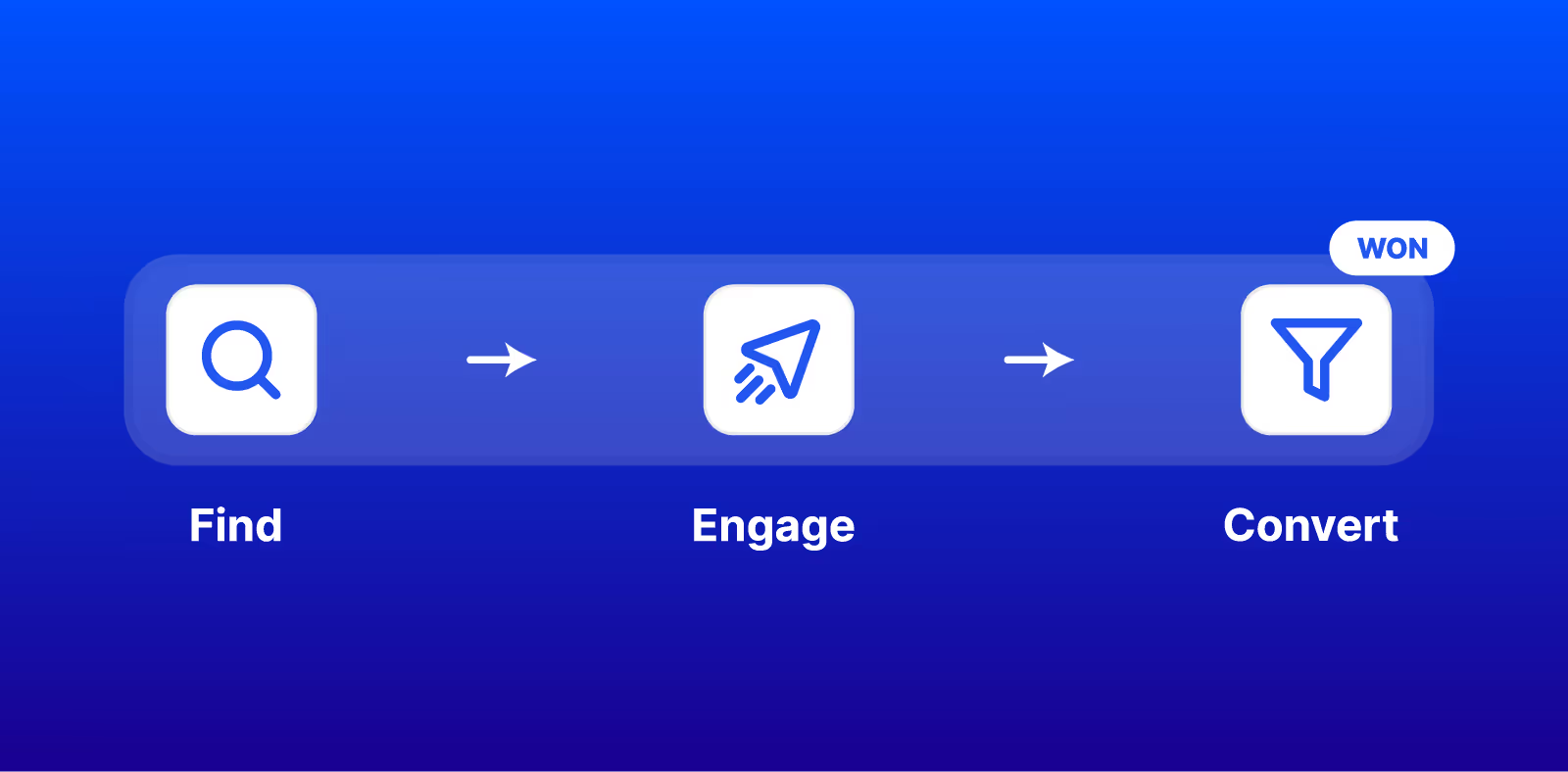
Before we dive in, let's quickly cover the software you'll need for this guide. We use LeadLoft, an all in one sales solution, but feel free to use other tools if you're comfortable with them. Below, I've listed a few alternatives for each category.
Software You'll Need:
- Scheduling Software: Calendly or YouCanBook.Me
- LinkedIn Email Finder: LL's LinkedIn Email finder or RocketReach
- Email Automation: LL's Email Automation or MailShake
- LinkedIn Automation: LL's LinkedIn Automation or MailShake
- CRM: LL's Simple CRM or Salesforce
Once you're all set up with the right tools, let's move on to the lead generation process.
Overview: How Does This Lead Generation Process Work?
Before we get into the step by step guide, let's do a quick overview of how the whole process works. Your goal isn't just to generate leads, it’s to find the highest quality leads possible.
This usually means targeting specific companies or individuals who likely have a big need for your product or have a big problem.
Here’s how the process breaks down:
- Identify Your Audience
- Build Your Sequence
- Prospect Your Ideal Customer Profile
- Engage Target Leads Continuously
- Optimize and Scale
Now, let’s get into each step.
1. Identify Your Audience

The first step in building a lead generation machine is figuring out who your audience is. In fact, this will have a bigger impact on your reply rates and interest levels than almost anything else you do.
While identifying your ideal audience, remember that this is something you'll want to continuously test and refine. Maybe you're targeting small brick and mortar stores, but after testing, you discover that large ecommerce brands are more interested in your product.
To help you narrow down your target audience, break it down by the following characteristics:
- Company Size/Stage
- Location
- Industry
- Job Title
- Problem/Need
The more specific you are, the better your results will be. And again, test, test, and test some more. You’d be surprised how a few tweaks can make all the difference.
If you need help, you can use a tool to help find your ideal customer profile here.
2. Build Your Sequence
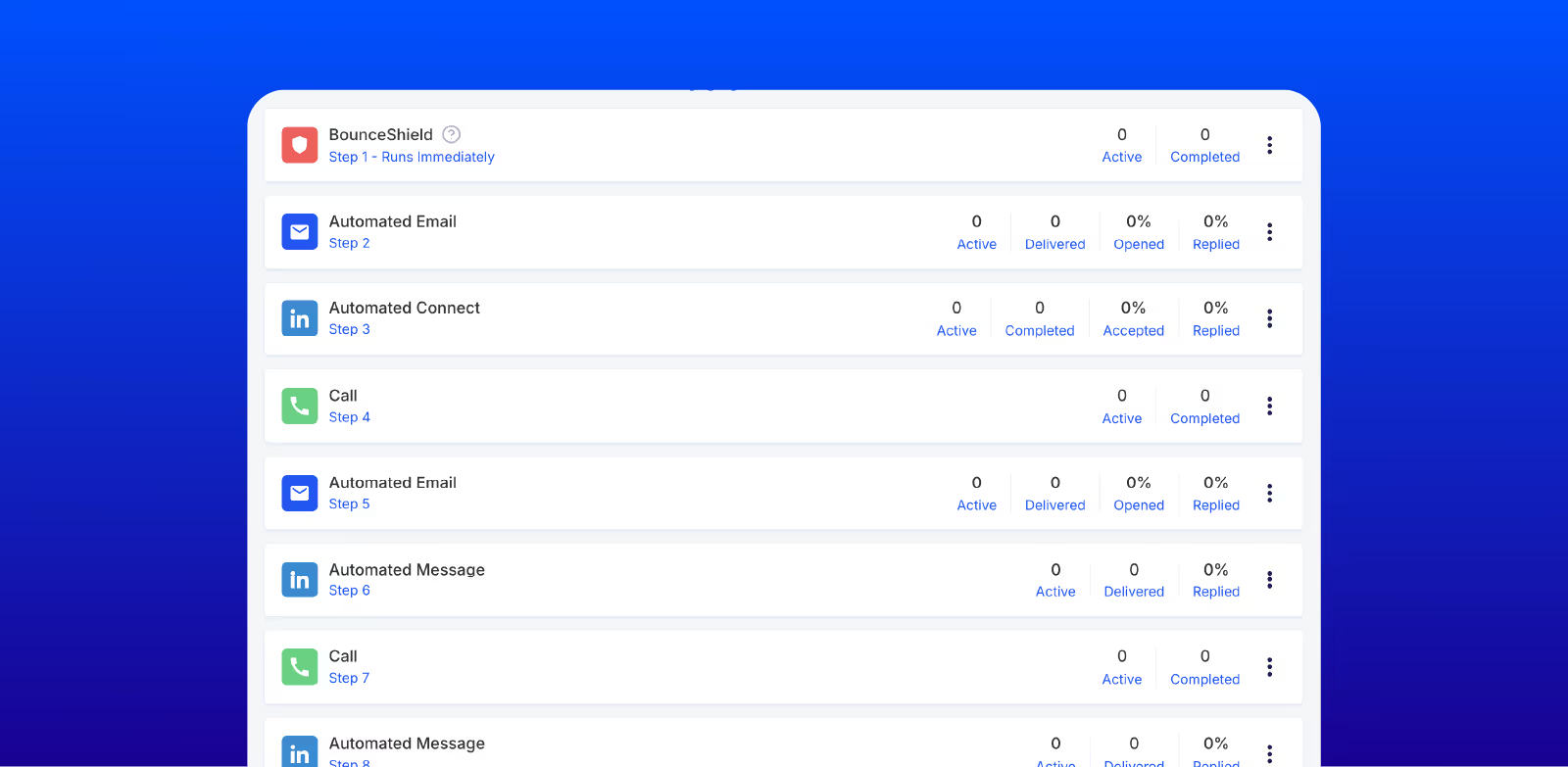
Once you’ve identified your audience, it’s time to craft an outbound sequence tailored to them. You might have different sequences for different audiences or job titles within the same company, so keep that in mind.
If you're using LeadLoft, we have an AI Playbook Builder that can automatically generate outbound sequences for you. But if you’re building it yourself, here’s a basic template you can start with:
- BounceShield (Verify all emails)
- LinkedIn Connect
- LinkedIn Message
- LinkedIn Message
- LinkedIn Message
- Task: Prospect another contact at the company (Mid Market & Enterprise Sales Only)
This sequence has been a reliable foundation for us, starting with email verification, followed by a combination of LinkedIn and email touchpoints.
Pro tip: Just like with your audience, sequences need constant A/B testing. A small change in messaging can lead to huge improvements in your response rates.
3. Prospect Your Ideal Customer Profile
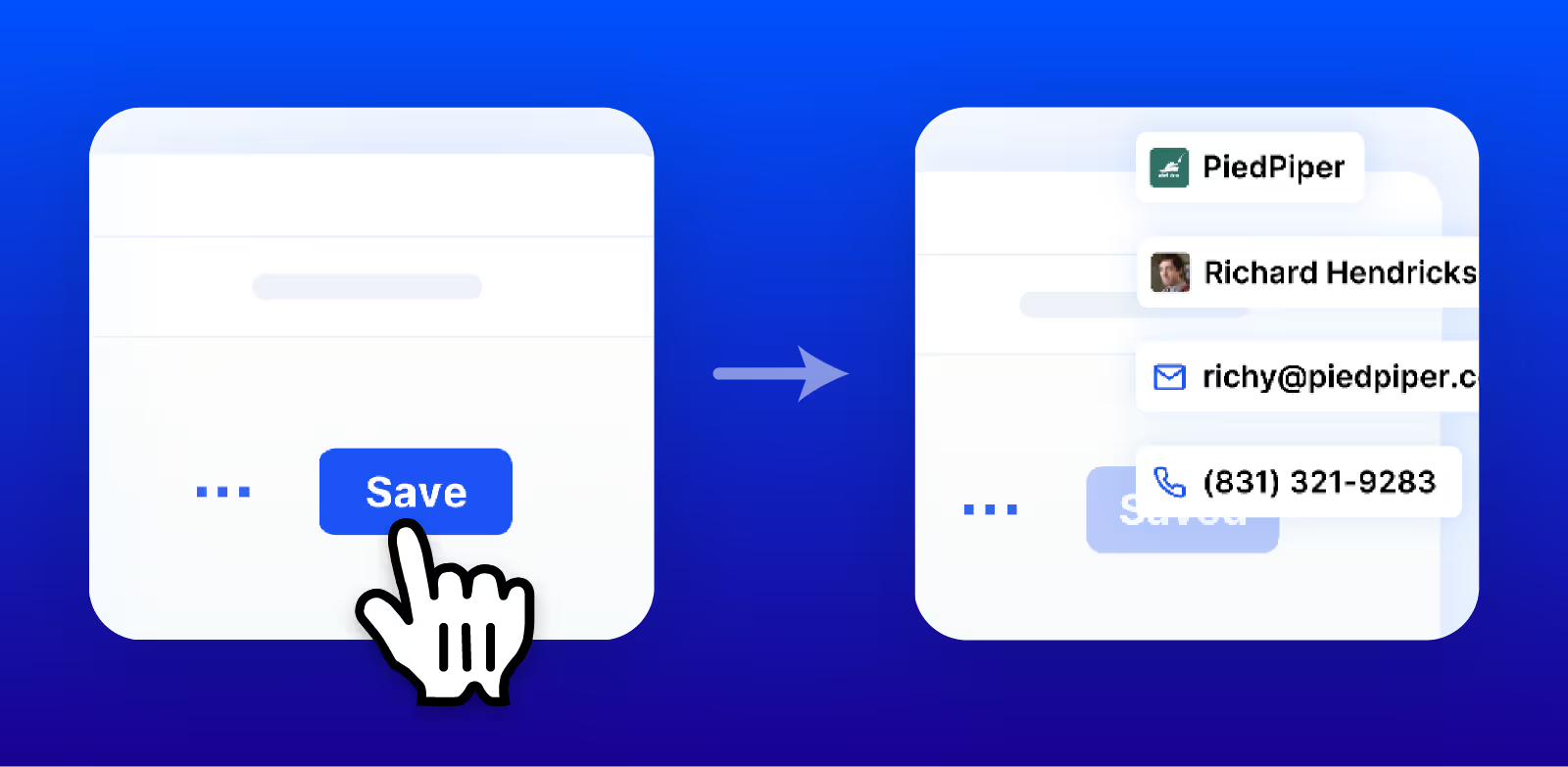
Now that you’ve identified your audience and built your sequence, it’s time to find the actual prospects who match your target profile. If you’re using LeadLoft, our LinkedInemail finder and prospector makes it easy to find and save these contacts.
Your approach to prospecting will differ depending on your target audience, so let’s break this down:
Prospecting for Mid Market & Enterprise Sales
The market is smaller here, and each account is more valuable. So instead of blasting out emails to thousands of prospects, you want to focus on 500 to 1,000 key accounts. Your goal is to work these accounts over time, engaging multiple contacts within each company if needed.
If you don’t get a response from one person, prospect another contact in the company. This persistence is key in larger accounts.
Prospecting for Startups & Small Businesses
When selling to small businesses, there are often just one or two decision makers, and the number of businesses you can target is nearly limitless. Because of this, you can afford to move quickly, if you don’t get a response, mark them as “not interested” and move on to the next one.
We recommend prospecting 20 new contacts every day. Over time, this adds up to about 100 120 new contacts per week, depending on your workflow.
4. Engage Leads

Now that you have your audience, sequence, and prospects, it's time to engage them. If you’re using LeadLoft, you can automatically enroll prospects into sequences as you find them. Just select the sequence, and your leads will start receiving your emails and LinkedIn messages.
If you’re following the enterprise sales process, you can simply bulk enroll accounts into Playbooks by selecting them, then clicking Playbooks > Enroll.
5. Optimize and Scale

While you’re engaging leads, make sure you’re constantly optimizing. There are two things you should be testing at all times:
- Different Audiences: Test different audience segments to see which ones respond better.
- Different Messaging: Continuously test your email and LinkedIn messaging to see what resonates.
As you optimize, you’ll not only improve your lead generation process but also set the stage for scaling it.
Over time, you’ll have proven messaging and audience profiles that will help you onboard new sales reps and increase the size of your campaigns.
And if this is new to you, we wrote a guide on A/B testing cold emails here.
6. Important Tips to Get The Best Results
Running cold email and LinkedIn outreach can be tricky, so here are some quick tips to help you avoid common mistakes and get the most out of your lead generation efforts:
- Set up SPF, DKIM, and DMARC: This ensures your emails land in inboxes, not spam folders.
- Warm up your email address: Start slow and gradually increase your sending volume. Never stop warming your email.
- Start with low volume: Don’t exceed 100 emails per day per email address.
- Use software optimized for cold email: Tools like LeadLoft are designed to help you maximize deliverability and response rates.
- Subscribe to LinkedIn Sales Navigator: This will help you avoid getting blocked and give you better targeting options.
Wrapping Up
Generating B2B sales leads doesn’t have to be complicated. If you follow these steps and continually test your approach, you’ll be well on your way to building a lead generation machine that delivers consistent results.
With some time and effort, you should start seeing reply rates upwards of 30%, with each sales rep booking multiple meetings per day.
If you need help with any part of this process or want to learn more about LeadLoft, feel free to book a demo with our team, we’d love to help!



